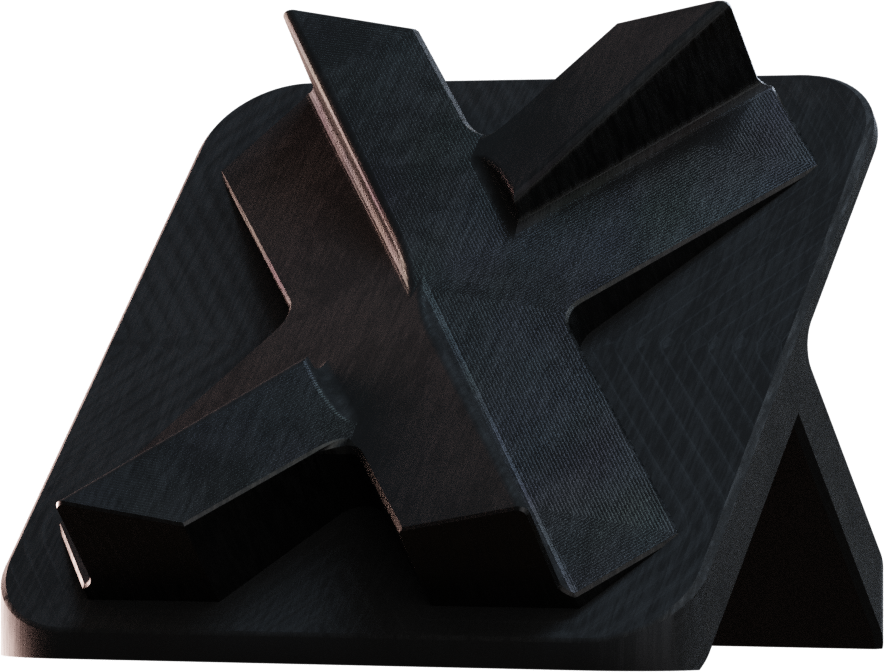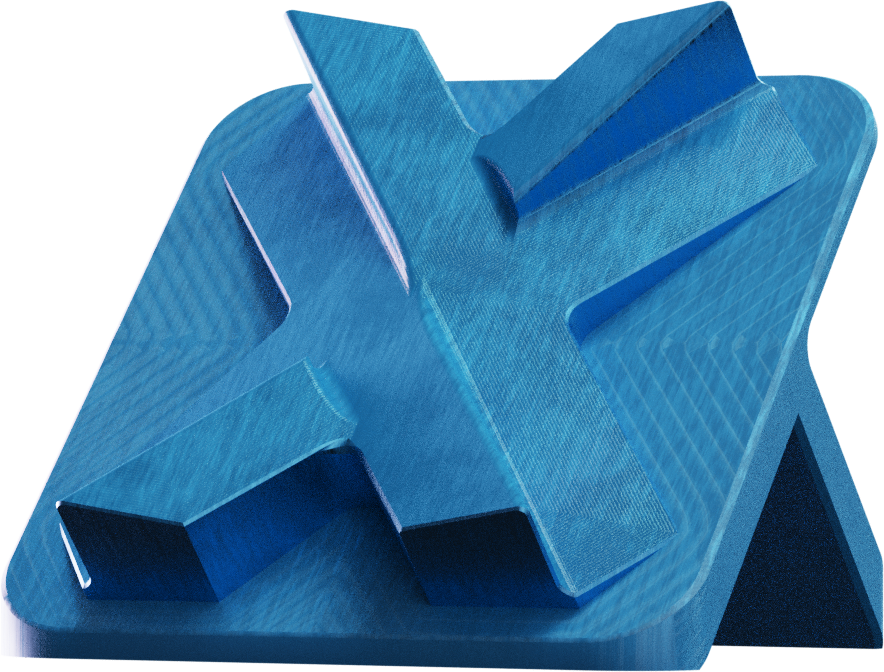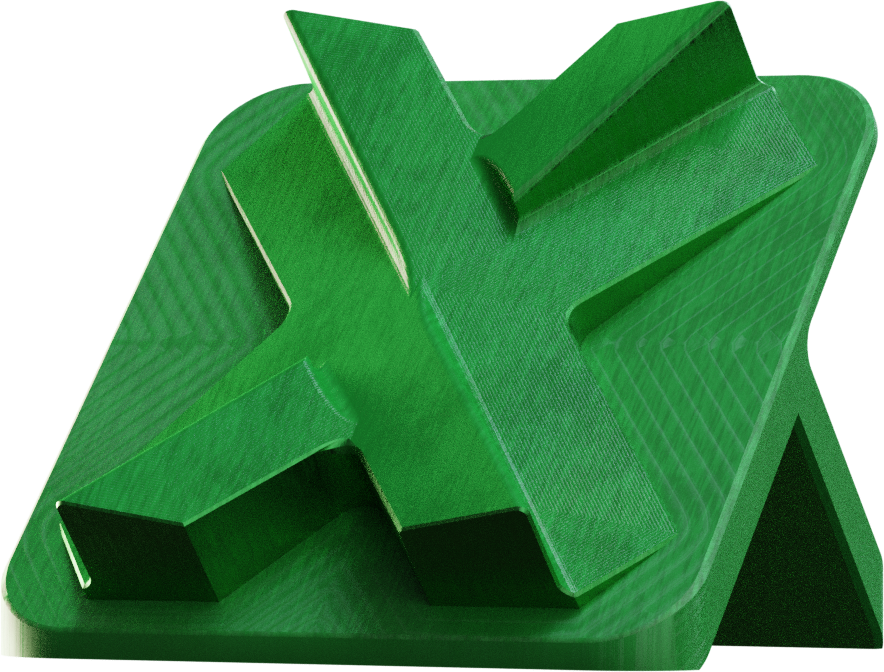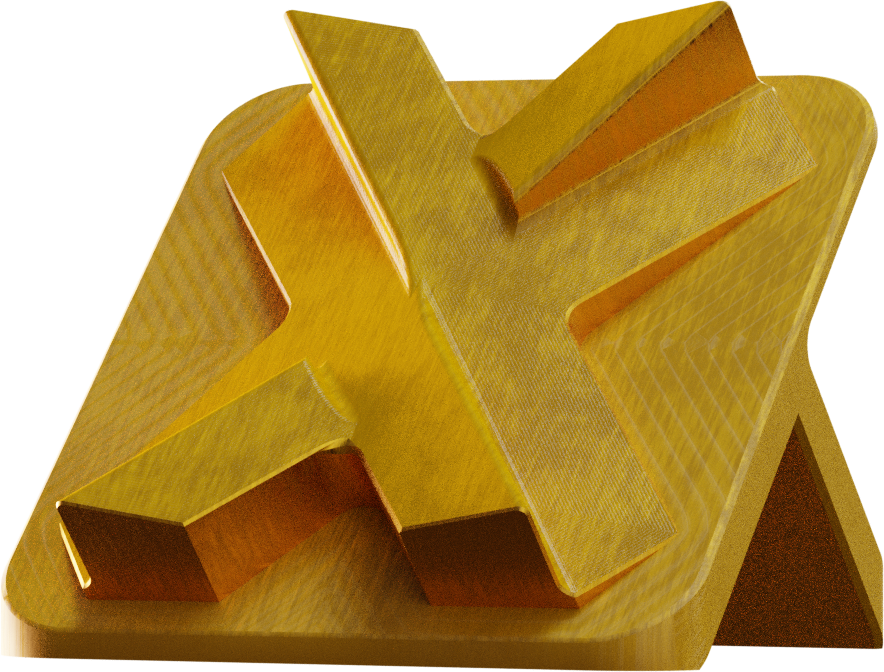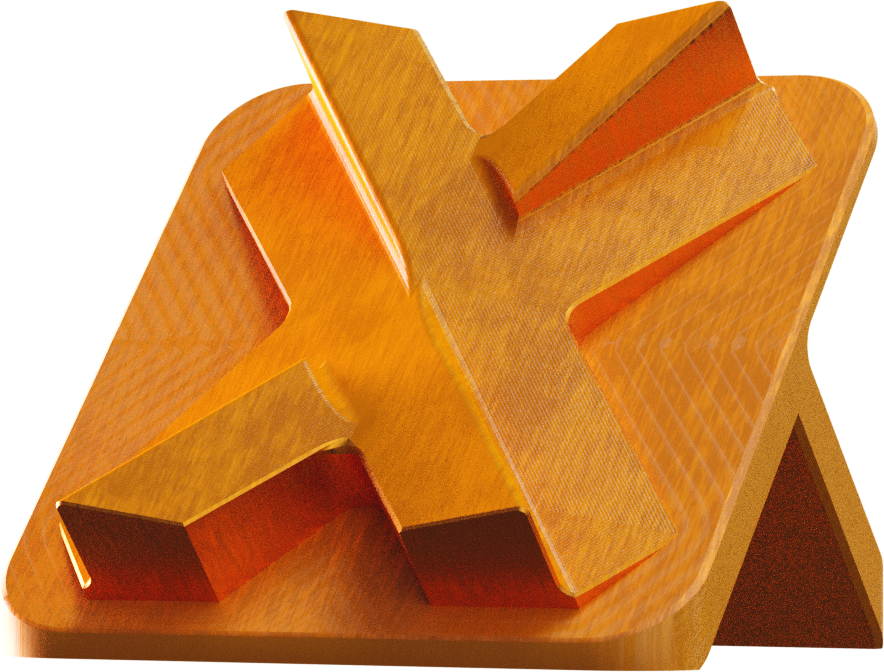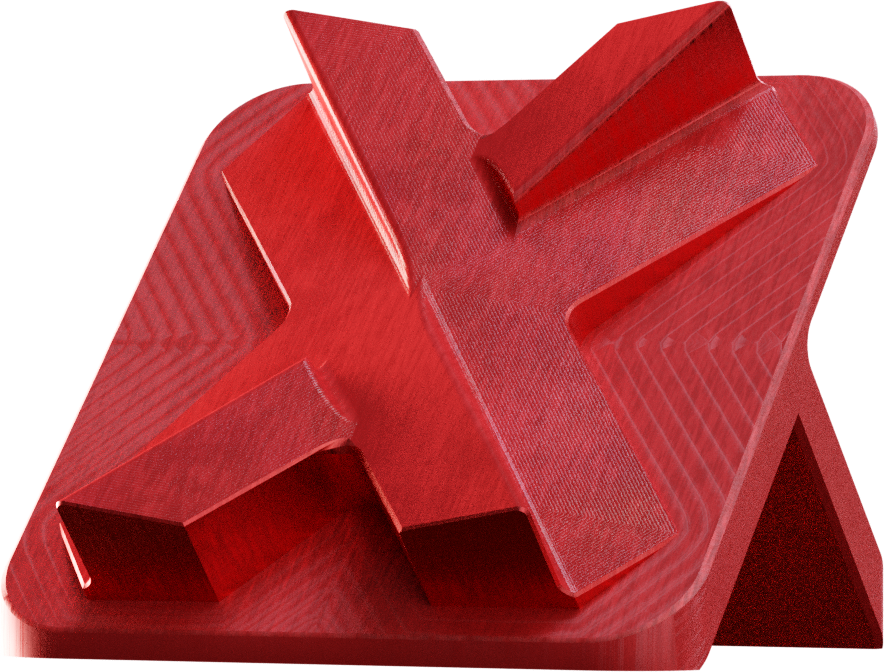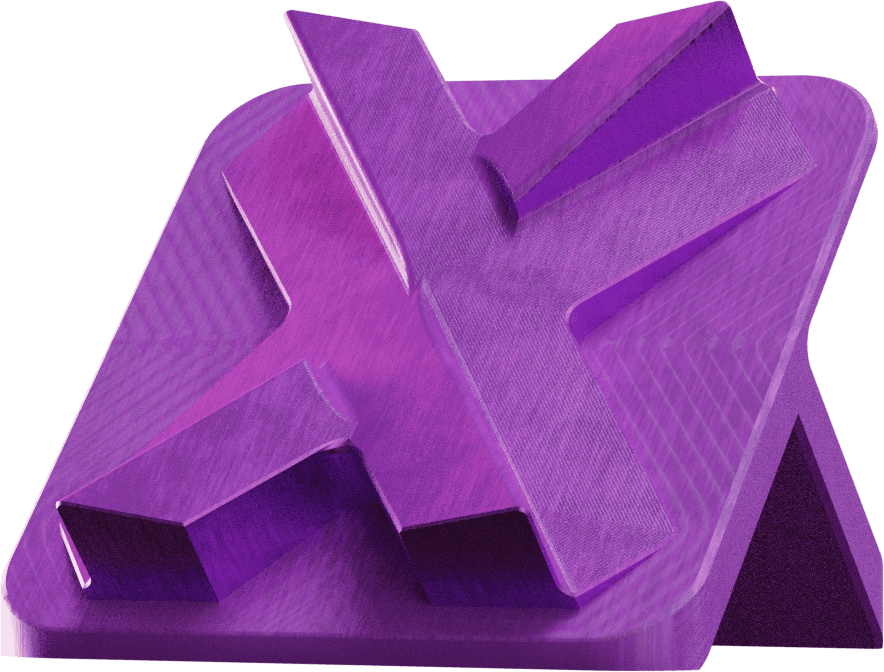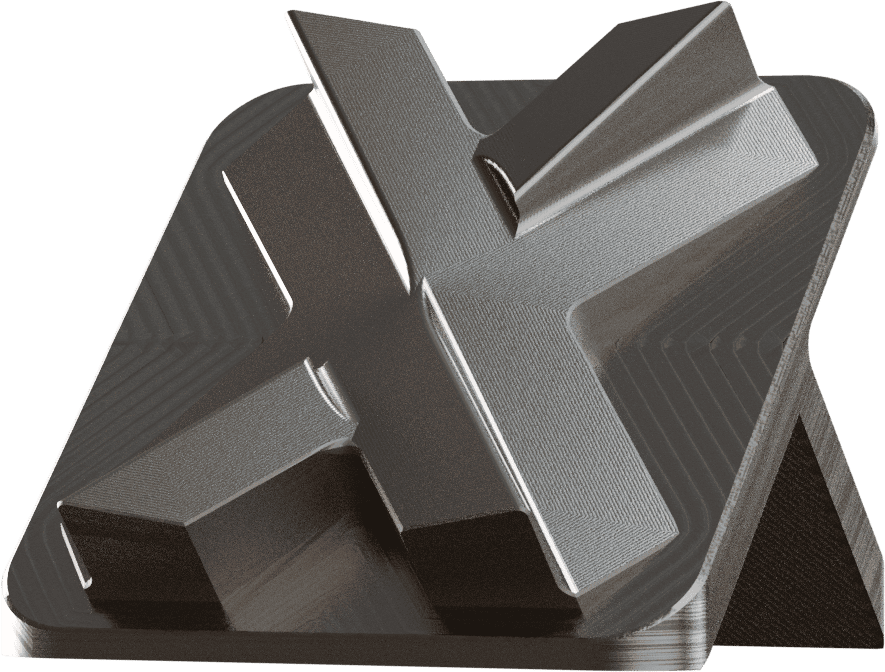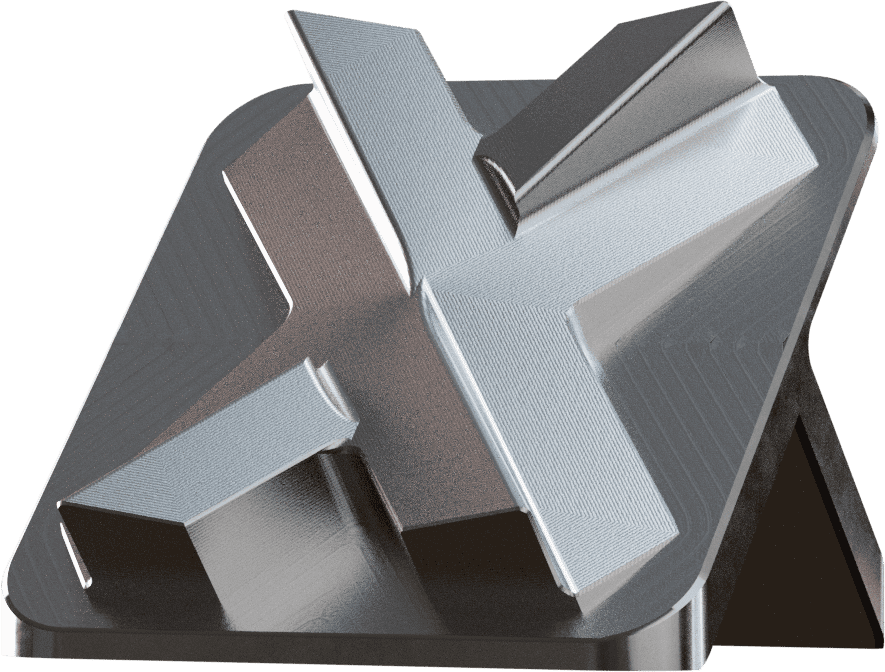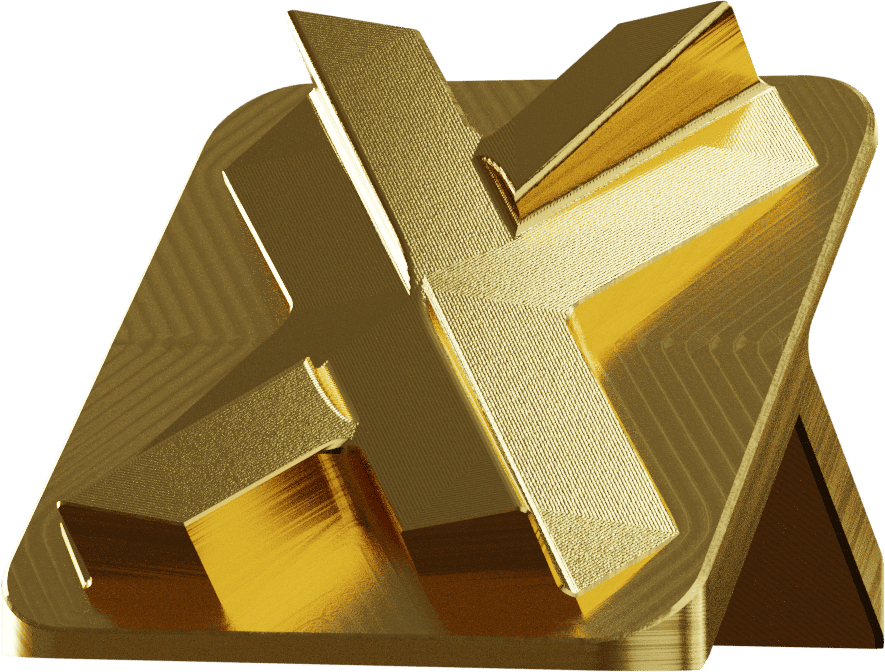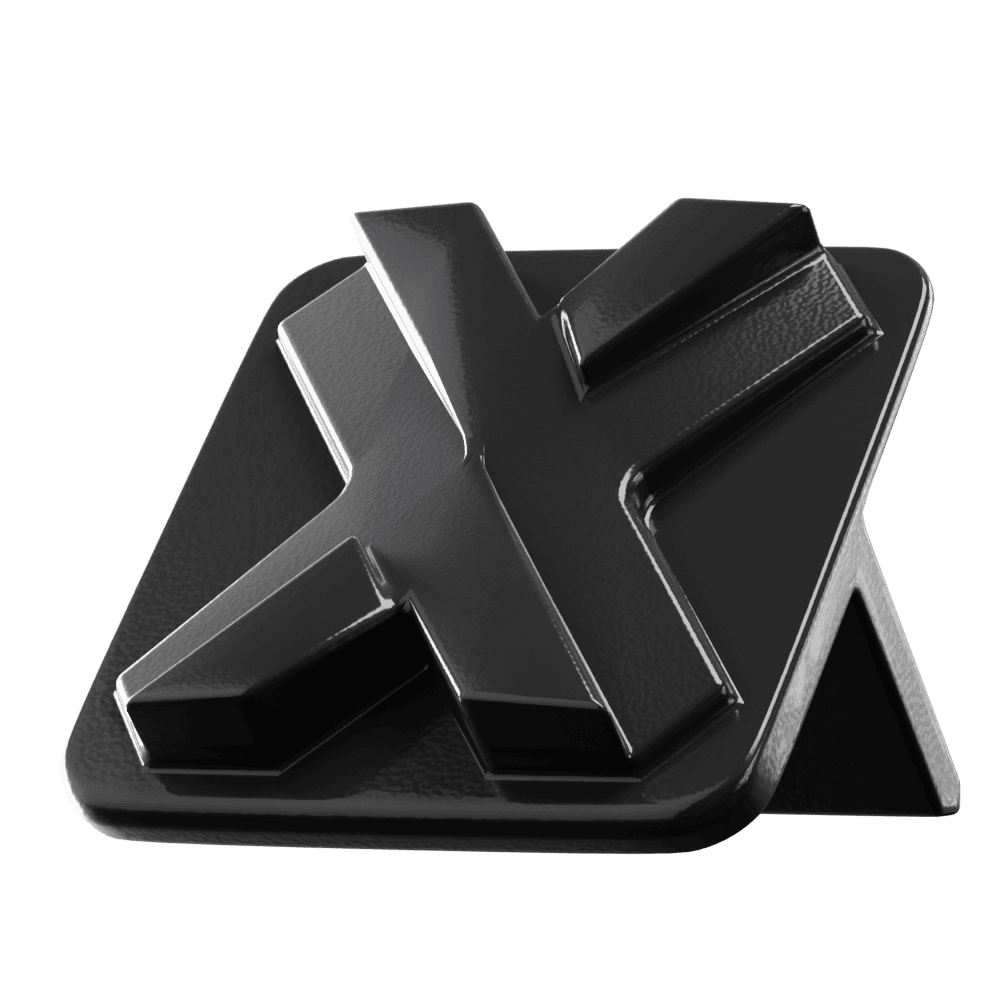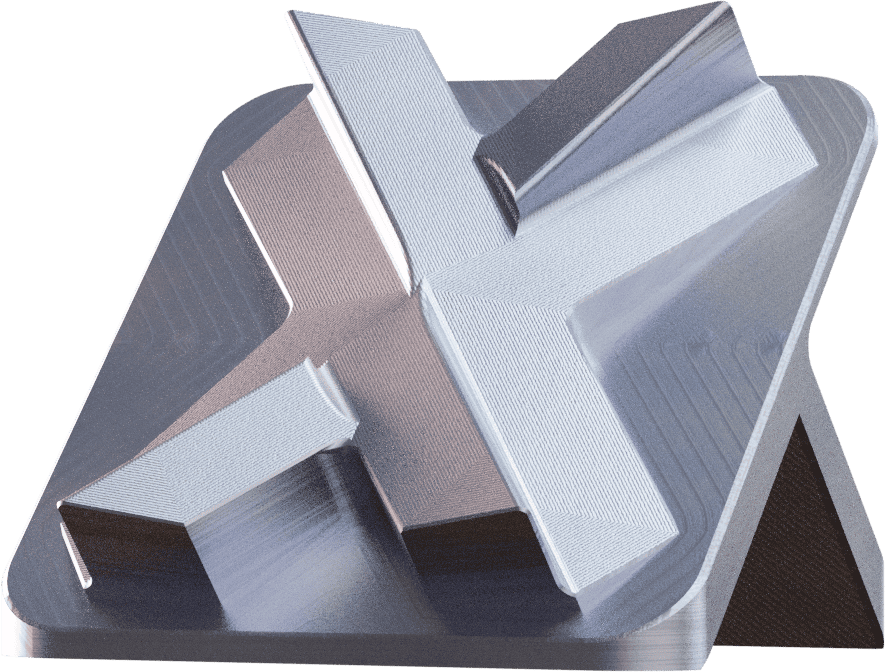Aluminium 5052 / 3.3523 / Al-Mg2.5
- Alternative Designations: EN AW-5052 | Al-Mg2,5 (ISO) | AA5052 (ANSI/AA) | L80/L81 (BS) | A-G2,5C (AFNOR) | A-G2,5C (UNE) | A95052 (UNS) | A5052 (JIS) | GR20(57S) (CSA) | 4120 (SIS)
Colors:
- Any color is achievable with finishing
Description:
Aluminium 5052 / 3.3523 is an aluminium alloy with magnesium as the primary alloying element. It is strong, has good corrosion resistance and good weldability. It is suitable for a wide variety of applications, including marine, chemical and food processing, as well as general engineering applications. The alloy has good workability and is readily weldable using TIG or MIG methods.
Material Properties
Processes:
Special properties
- Corrosion resistance
- Weldability
| Property | Value, metric | Value, Imperial |
|---|---|---|
| Density | 2.68 g/cm3 | 2.68 g/cm3 |
| Elongation at Break | 2-19% | 2-19% |
| Hardness | 45-77 | 45-77 |
| Ultimate Tensile Strength | 173-269 MPa | 25-39 ksi |
-
CNC machined part without surface finishes (3D render, aluminium)Bead blasting (3D render)
Bead blasting
Bead blasting involves spraying a pressurised stream of tiny beads of media, plastic or glass beads, from a nozzle onto the surface of the part. This removes the burrs and imperfections, leaving a smooth finish.
Notes:The recommended part size is 6-600 mm in both height and width. Smaller parts are hard to hold and tough to produce an even surface.
Final result:
- Uniform, matte or satin-like appearance
- Slightly grainy in the touch
-
Black anodizing type II (3D render, aluminum shown)Blue anodizing type II (3D render, aluminum shown)Green anodizing type II (3D render, aluminum shown)Gold anodizing type II (3D render, aluminum shown)Orange anodizing type II (3D render, aluminum shown)Red anodizing type II (3D render, aluminum shown)Purple anodizing type II (3D render, aluminum shown)
Anodizing (Type II)
Type II anodize provides increased corrosion resistance and can be used as a base for paint and other finishes.
Notes:- Involves using dyes to affect the part’s surface color
- Type II coatings are susceptible to wear and may bleach or fade under prolonged direct sunlight
- Possibility of requesting custom colors (RAL)
Available colors:
- Any custom RAL colour
-
Electroless nickel plating
Electroless nickel plating provides a uniform nickel coating, which offers protection from corrosion, oxidation, and wear on irregular surfaces.
Final result:
- Protection from corrosion, oxidation and wear on irregular surfaces
- Brighter appearance
-
Electropolishing
An electrochemical process that cleans steel parts to reduce corrosion and improve appearance by making the metal brighter.
Final result:
- Reduced corrosion
- Brighter appearance
-
Gold plating
Gold plating provides good corrosion and tarnish resistance. Gold has low contact resistance, excellent conductivity, and solderability.
Final result:
- Gold-like appearance
- Increased corrosion and tarnish resistance
-
Powder coating
Provides a continuous, protective color finish on parts using evenly applied, heat-cured paint. The finish is usually tougher and even compared to conventional painting.
Notes:Metals like aluminium and steel can be efficiently coated with polymer powders.
Available colors:
- Any custom RAL colour
-
Zinc coating / Galvanising
Zinc plating involves the electrodeposition of a thin coating of zinc metal onto the surface of another metal object, known as a substrate. The zinc coating creates a physical barrier that prevents rust from reaching the underlying metal surface.
Final result:
- Increased corrosion resistance
 Europe
Europe  Türkiye
Türkiye  United Kingdom
United Kingdom  Global
Global 

 Login with my Xometry account
Login with my Xometry account 